SVS SB-3000
I love writing about subwoofers. Good subwoofing is a science that tries to make the best of several severe variables: the room, the listener, the main speakers and the subwoofer itself, and their mutual relations, spatial or temporal. Therefore I jumped on the opportunity to review SVS SB-3000 which sits right in the middle of the line-up of the company. I am so glad I did so.
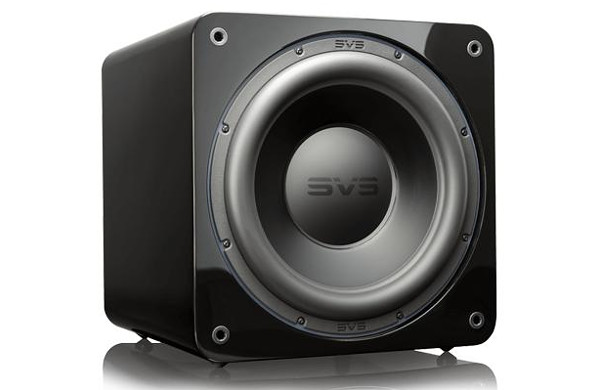
From The Very Depths
If you want to become an expert on subwoofing you are welcome to read our reviews, in particular:
How To Accurately Set Up A Subwoofer
Therefore I will not discuss here the basics of subwoofing again and rather will focus on more practical things that may seem to be counter-intuitive and often remain underrated.
Setting the volume right
The best advice about how to set the volume of a subwoofer is usually “the subwoofer should not draw any attention to itself”. And this is how it should be. The problem is that you have two options how to align the subwoofer with main monitors – by ear or by measurements.
Though the common sense says that setting the subwoofer’s control based on measurements is a safer technique of the two, I recommend to use measurements only if you are unsure what you are doing. Our ears are sensing deep frequencies in a different fashion than microphones. The tendency to equalize a subwoofer to sound flat on screen may please the technical audiophile in us but will be perceived as boring performance by our ears. Equal loudness contours (as stipulated by Fletcher-Munson principle and its revisions) actually ask for a bit overcooked bass so that it was proportional with midrange and highs. How much overcooked? This is the trick and the good old “the subwoofer should not draw any attention to itself” holds true here. To be able to set the subwoofer volume properly you really need a representative music track or well recorded warble tones. Usual advice to use ‘bass rich’ music almost always leads to bad results in hands of less experienced users. Popular techno or metal tracks that have that ‘deep and punchy’ bass are rarely having any useful energy below 60Hz as their bass punch resides in the range of 80-120Hz, that is above any reasonable low-pass (crossover) setting of a subwoofer. So, no matter how much you love this or that genre, for really successful blending of a subwoofer in an audiophile system listening to well recorded double basses, piano or harp will remain essential. The warble tones and other tracks with clearly marked center frequencies (like filtered pink noise) are also extremely useful, especially for pitch control.
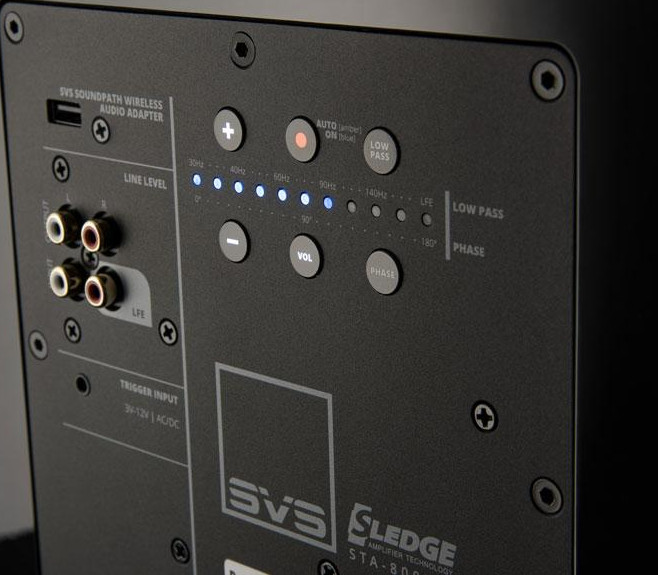
The low-pass point is too high
If you plan to use just one subwoofer then the main speakers or monitors must have a good frequency response down to 70-60Hz. Why? Because above these frequencies the sound stops being omnidirectional and the subwoofer will become locatable – you will ‘see’ it in the room with your ears. You say it is not an issue because most stand mount speakers reach 50/60Hz easily and most compact subwoofers deliver from 25Hz so what’s the problem? There is no problem whatsoever provided that the main speakers and the sub are well behaved. However, if the sub’s design is compromised – thin cabinet walls, a rattling grille, and noise from a driver or from a port – then these sounds get into the music and again such a subwoofer will become locatable easily.
So if the performance of your main speakers (like electrostats or really small monitors) forces you to set the low-pass filter too high, it is time to consider two subwoofers placed next to the monitors. That’s why for example Martin Logan makes subwoofers an integral part of their planar speakers.
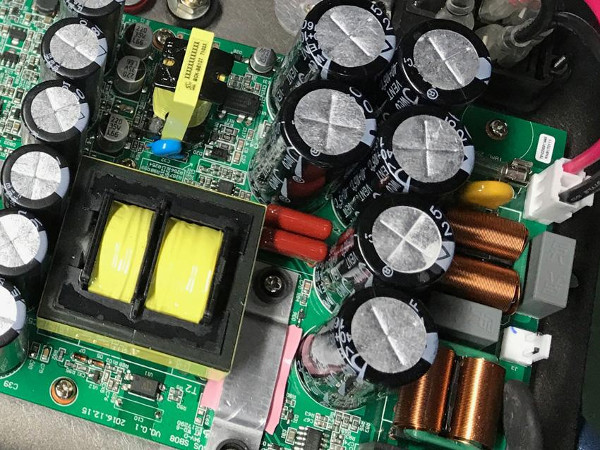
Phase rules them all
No matter how good you’ll be with finding a perfect low-pass point and a sub’s volume setting, it is the phase rules them all. It is of paramount importance that the main speakers and the subwoofer are in the same phase as each other, which means not only their polarities (on signal all cones go in the same direction, forward or backward) but their time alignment.
Unless the subwoofer’s cone is precisely at the plane of the main speakers’ woofers in relation to the position of a listener there will be always a time delay which can lead to cancelling the sound waves in the most extreme example. That’s why good subwoofer have a phase control. Some has just a switch that can be flipped between 0° and 180°, other can do it in increments 0°/60°/120°/180°, the best ones (like the SVS SB-3000) can set the phase continuously in 1° steps. If you can do the phase adjustment from your listening seat then finding the sweet spot is a breeze.
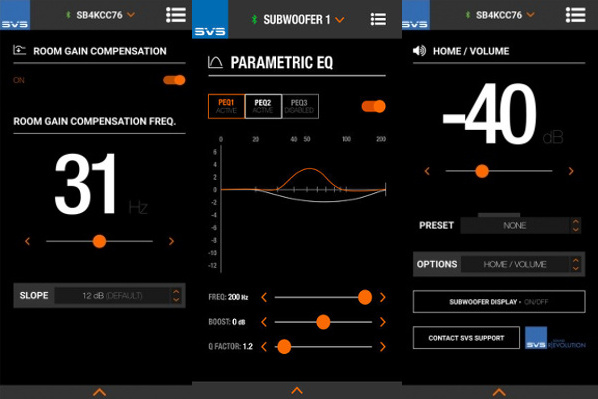
Here comes the SVS SB-3000
From my previous experience with top-of-range subwoofers from Velodyne, REL and Bowers & Wilkins I was expecting more or less the same procedure. Though the basics are similar the SVS makes the dial-up routine much more visual and playful than any of the competitors.
An Android or iOS device with Bluetooth is the only thing you need to do everything from the comfort of your listening chair. No cables, no installations (apart from the SVS App that is available free of charge in Google and Apple stores), no getting up to rush to the subwoofer and back to a listening spot to review the new settings by ear. I used my son’s Samsung tablet and was connected to the SB-3000 in just 40 seconds including download, no kidding. When I recollect the set up routine of either Bowers & Wilkins or Velodyne the SVS has easily the friendliest UI of all. It is the most intuitive and the most versatile subwoofer control thing that I have come across so far. You can set volume, polarity, phase, low-pass point, 3 parametric filters (including customizable Q factor) and high pass room compensation if the subwoofer rumbles too low and too much. The settings can be stored in the sub’s memory and recalled by a touch of button. In emergency you can do the same with control buttons on the SB-3000’s rear panel but why should you do that?
I spent 3 hours of fiddling with the App controls to arrive to a perfect setting that gave me deep, even and highly contoured bass from 20Hz (-3dB) in my room. It will be probably of no use for any of readers as each set up is completely individual yet here are the settings I ended up with (using TAD Evolution E1 speakers): volume -15dB, low-pass 58Hz with 18dB roll-off (24dB was too steep to make a seamless transition to the TADs), parametric filters set to 34Hz, 43Hz and 50Hz, high-pass off and phase set to 175°. Especially with the phase it was interesting to listen ‘on the fly’ how the focus and authority changes when shifting between 0 and 180 in 1°steps. I found 3 best settings (94, 162, 175°) that gave superb results and finally settled down on the 175° as the best of the three. At 180° the sound has more substance and weight yet lacked a bit of bloom and definition – this only underlines the importance of having an accurate phase control – just flipping between two phases is not enough.
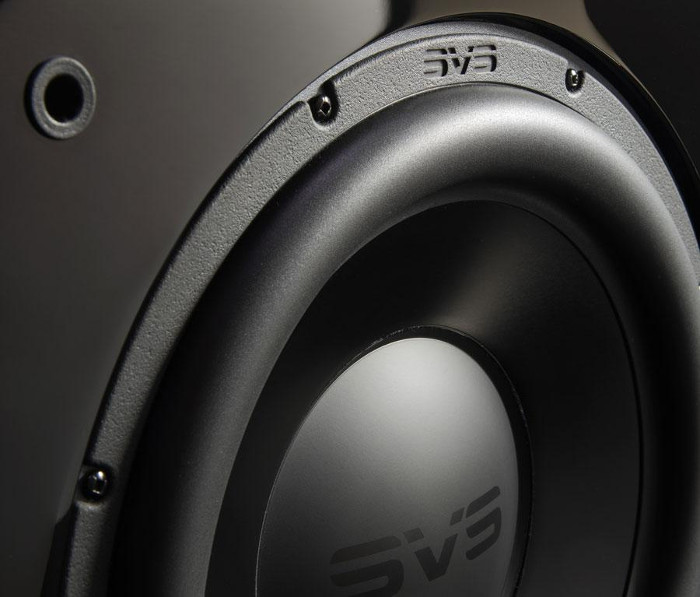
From The Very Depths
I suggest that every audio enthusiast should listen to what a subwoofer plays with main monitors off. This way you will get an idea how it can contribute to this or that recording. At the end, with your main speaker on, the result will be a bit different due to interaction of individual woofer outputs but still it is a useful exercise which also helps select recordings that actually have good low bass.
For example Dean Peer’s Lord’s Tundra (Stereophile Test CD 3, STPH006-2) the bass guitar reaches the fundamentals of 37Hz so it is an ideal candidate for subwoofing. With the SVS SB-3000 the guitar acquired round fullness and the notes that were thinner previously became equally loud, thus lending the sound more relaxing quality while preserving the speed and punch. I listened to this track for a half an hour again and again so that my ears would get accustomed to the sound and then removed the sub. Often just switching off the sub is not the way of doing it as the sub’s internal digital amplifier remains in stand-by and interferes with the main signal, sometimes just by emitting HF noise. Playing again the Dean Peer’s track with the SVS disconnected completely to compare the experience. As expected the sound became ‘quicker’ and transients seemingly more accurate, but it also got lighter and the tangible substance was gone.
Angel from Massive Attack’s Mezzanine (Virgin, 7243 8 45599 2 2) is another track with infrasonic bassline. It was not as much about the depth like about the quality of the bassline when the SVS SB-3000 was in my system. Simply, the bass was more even and the recording got sense of much larger ambience then it had without the SVS. Remember that low frequencies such the one in Angel or the omnipresent and incredibly powerful droning bass in Blade Runner 2049 soundtrack penetrate walls easily and accumulate somewhere else in your house or flat, sometimes they are ‘best heard’ in your neighbourhoods! Though Angel was beautifully controlled in my listening seat my kids rushed in and asked me to turn it down. When I listened to the track in their room the air was so pressurized that books were moving on the shelf.
With classical music, like Nicola Benedetti’s superbly played Violin Concerto in D major, RV 208 (Decca, Italia, 476 4342) the SB-3000’s contribution was entirely different. I could hardly detect any contribution in instrumental tonality or colour, not even speaking about bass as such, rather I could hear much better sense of acoustic space of the recording venue. The listening became more real, more there. It is really pity that with public abandoning multichannel DSD the developing of high-end multichannel players and amplifiers stopped. It is exactly the application where the SB-3000 would excel in creating a multidimensional space-time which is so needed for orchestral recordings.
The SVS cube
The all new SVS SB-3000 is a cube (40 x 38,5 x 45cm, 25kg) with rounded edges and a big (33cm/13”) front-firing driver and it is specified to operate 18-270Hz ±3dB. The sealed design makes it perfect for demanding audiophile installations. It is powered by a built-in 800W Class D amplifier that is capable of 2500W of dynamic power. The high excursion driver’s cone is low-mass aluminum, driven by a motor with dual toroidal ferrits that weights 12kg alone.
The subwoofer connects with stereo RCA cinches and if you prefer to have two then it is possible to to pair them through another pair of output RCAs. The SB-3000 is designed to deliver sound rather than stylish looks so the offer is limited to matte black ash and glossy piano lacquer. No Ferrari colours here. Surprisingly it is not so heavy for its size so you can unpack it and carry it alone, not like with the B&W’s DB-1 which was like a ton of bricks.
New reference
The SB-3000 may not be the last word in subwoofers and there are more advanced models in the SVS’s own catalogue. Still I could not find a single issue with it. Dialing it in was easy and friendly and the sound in stereo was amazing. I did not try it in home cinema applications so maybe for a helicopter crashing in your 200sqm apartment it won’t be powerful enough.
On the last day of the review I checked the price list to see whether it is affordable and got caught by surprise. I was thinking about something in the region of 4.000€ as to my ears it betters the aforementioned DB-1. Well, the SB-3000 is three-times cheaper at 1.400€. If I am ever on a hunt for an excellent subwoofer this will be the one.
Price at the time of review: 1,450 €
Contact:High-End Audio Studio, Praha, tel. +420 224 256 844




